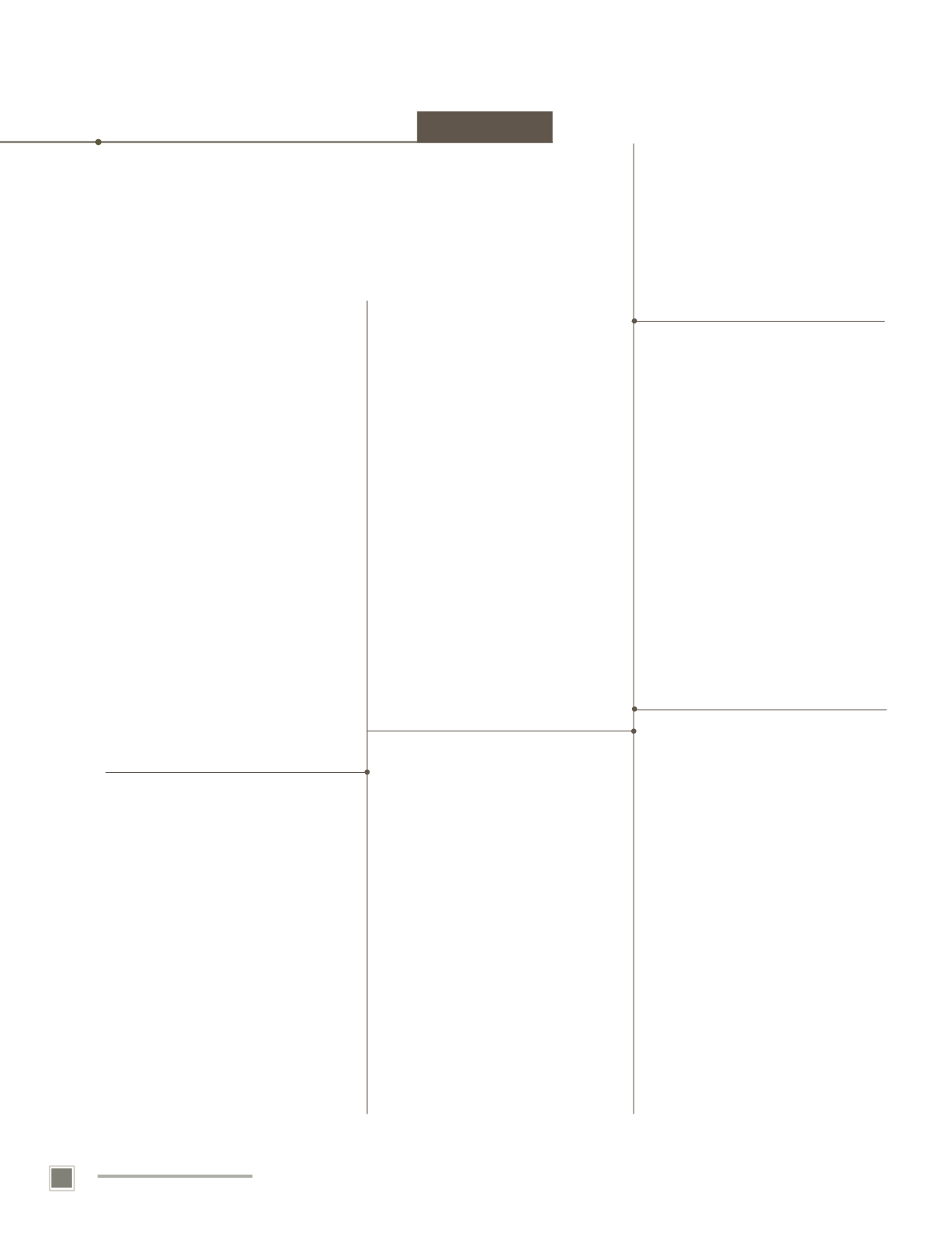
R E V I S T A D A E S P M –
janeiro
/
fevereiro
de
2010
180
Abs
tracts
ENGLISH
ble and just – requires
substantial changes in themoney
market, in production processes, and
also in consumption and the going
models of use and protection of
natural resources.The present article,
in light of evident inconsistencies
between consumptionmodels and
natural processes, proposes to briefly
analyse the subject of sustainable
consumption, as an attainable ob-
jective and its reflex on the current
economicmodel, and tools required
to reach sustainable development.
In light of this, considering that
politicising and publicising
consumption relationships are
fundamental, this article considers
that public policies are necessary
tools to promote and consolidate
sustainable consumption, and, in
this context, evaluates some existing
governmental initiatives – though still
non-systematic and dispersed.
FROMTHEWORLDOFDESIGN
TODESIGNINGTHEWORLD
RosaAlegria
page 114
We normally associate designwith
a product. However, the power
of design to transform and impact
each aspect of our daily life leads to
new styles of being, of doing and
of consuming, while acquiring public
consciousness. It is no longer
associated just with a tangibleworld,
with a growing dematerialisation
of the economy and requirement
of quick and practical solutions for
the recovery of people’swell being,
design is now seen in amuchbroader
sense. For example, asman’s capacity
toplan andproduce desired results.
Various initiatives in this direction
have gained the attention not only
of designers, but also of people who
enjoy the benefits of a gooddesign
and, at thismoment of planetary
inflexion, remit us to the designof
a newworld, privileging process,
rather than the product.This article
highlights theMassiveChange
Movement, foundedbyCanadian
BruceMau, which explores the
paradigm in the change of events,
ideas and people, investigating the
capacities and ethical dilemmas
of design in production, transport,
urbanism, war, health, life, energy,
markets, materials, images
and information.
INNOVATIONFORSUSTAINABILITY:
COURSES AND SCENARIOS OF A
DESIREDSOCIETY
LeonardoCastillo
page. 122
We are nearly 6.8billionhuman
beings in search of satisfying our
various needs anddesires. In this
search, we consume an enormous
amount of material goods and
cause a great socio-environmental
impact with unforeseen repercussions
for our planet and our own survival.
Therefore, the transition to a
sustainable society has become
imperative.Thismeans a radical chan-
ge into our habits and
behaviour throughacollective learning
process that is, bynature, complex
andunpredictable. Researchersof
designpoint to four development levels
necessary for a sustainable society.
These levelsdefineparameters and
criteria thatwill permit us face, inan
efficientway, thechallengesof these
new sustainableexamples.
CERTIFICATIONSAND
DENOMINATIONOFORIGIN:
QUALIFICATIONSAND
COMMITMENTWITH
SUSTAINABILITY
Geni SatikoSato
page 128
Globalisationofmarkets, production
andconsumptionhavechanged
standards in suchaway thatwedon’t
knowwhoare theplayerswho
participate inaproductiveprocess and
if theseplayershaveanycommitment
with sustainability.The text proposes
a reflectionabout the roles that
certifications anddenominationof
originplay in this context.
SUSTAINABILITYCONCEPTS
RonaldoDavidAlves
page. 132
The concept of sustainable develo-
pment, that took shape in the 80´s
after decades of socio-environmental
degradationwithout precedents,
andwhichwas acclaimed in 1992,
at Rio-92, continues tobe
misunderstood. Sustainability signifies
survival, understood as perennial and
ongoing efforts of mankind and of
theworld. For this reason, sustainable
development incurs in the
planning and execution of actions –
independently of whether
governments or companies undertake
them, at either local, national or


